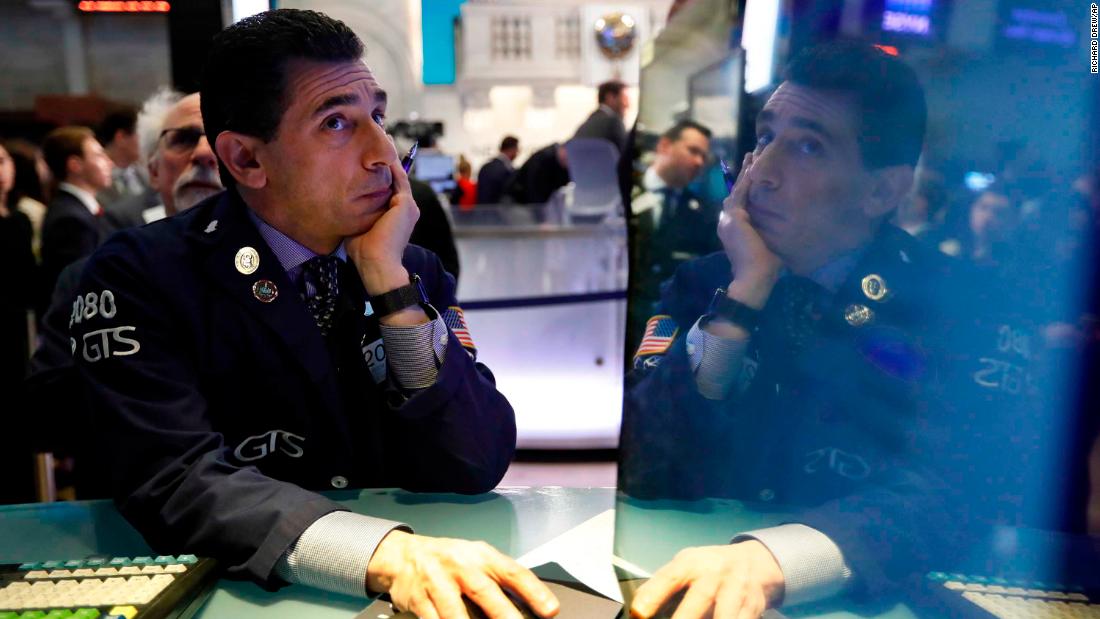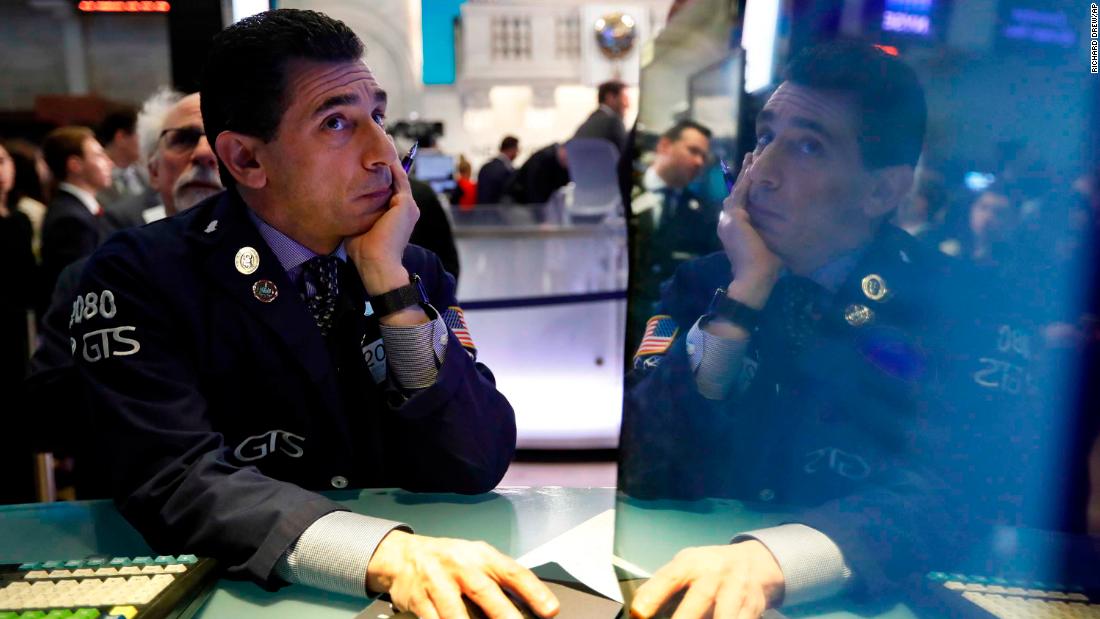
London (CNN Business)A version of this story first appeared in CNN Business’ Before the Bell newsletter. Not a subscriber? You can sign up right here.
What’s happening: Following the worst week for US stocks since the 2008 financial crisis, the S&P 500 kicked off March with a massive 4.6% rally, the index’s largest one-day percentage gain since December 2018. Investors are piling back into risky assets on hopes that the world’s central banks and other policymakers will step in to limit the economic and financial damage caused by the novel coronavirus outbreak.
On Tuesday, the Federal Reserve delivered. The central bank said it would cut interest rates by half a percentage point, citing the risks the coronavirus poses to economic activity. It’s the Fed’s first unscheduled, emergency rate cut in more than a decade. US stocks moved higher following the announcement before paring some gains.
The Bank of Japan, European Central Bank and Bank of England have all issued unscheduled statements in recent days aimed at preventing panic, but haven’t taken any other action yet. “We stand ready to take appropriate and targeted measures, as necessary and commensurate with the underlying risks,” ECB President Christine Lagarde said Monday.
Smaller central banks are stepping up, too. Australia’s central bank cut interest rates by 25 basis points earlier Tuesday. Canada’s central bank is expected to follow suit on Wednesday.
Yet policymakers are acting on their own, and there’s not yet a unified global response to the economic threat posed by coronavirus. G7 finance ministers and central bank chiefs, after speaking by phone Tuesday, released a joint statement saying that ministers “are ready to take actions, including fiscal measures where appropriate,” while central banks would support price stability, economic growth and “the resilience of the financial system.”
But the statement made no mention of coordinated rate cuts or other policy measures by central banks, and did not commit governments to increase spending or cut taxes.
And there are limits to what central banks can do in the current environment. Their policy arsenal is already depleted after years of low interest rates and bond-buying programs.
Plus, their tools would provide an imperfect response to the problems at hand. While lower interest rates could help ease financial conditions, which have tightened in recent days, they can’t remedy snarled supply chains and lower factory output, or the fact that people don’t want to take vacations or eat out at restaurants, Neil Shearing, group chief economist at Capital Economics, told me.
Monetary policy changes also take some time to feed through the system. “It’s doubtful that it will have an immediate effect in cushioning any downturn from the virus,” he said.
Know this: History shows that markets tend to post powerful rebounds the week after severe selling, my CNN Business colleague Matt Egan reports. In the week after a drop of at least 10%, the S&P 500 has averaged a 3.5% gain, according to Bespoke Investment Group.
But in the longer run, results are more mixed. Matt notes that in October 2008, at the height of the financial crisis, stocks spiked 4.6% after plummeting 18% the week prior. But the index was down both three and six months later, and didn’t reach its low point until March 2009.
Exchange volumes hit records on heavy trading
Investors have not been sitting on the sidelines as financial markets get rocked by the global spread of the novel coronavirus.
Trading volumes skyrocketed in February, according to data from companies that run exchanges.
Last Friday — February 28 — was the highest volume trading day ever for CME Group, which operates the world’s largest futures market. Trading volume was lower on Monday but remained elevated.
Intercontinental Exchange, which owns the New York Stock Exchange, said that it processed a record daily average of 7.6 million futures and options contracts last month. Commodities futures and options contracts traded across the month also hit an all-time high.
Good for business: While company after company has issued warnings about how the virus will hit profits in 2020, the owners of exchanges and other trading platforms stand to benefit from volatility.
CMC Markets, an online trading platform based in London, on Tuesday raised its income guidance for the 12 months ending in March, citing heightened trading activity in January and February.
‘Stay at home’ stocks like Netflix get a boost
As a growing number of companies encourage employees to work from home, stocks that get a boost when people stay indoors are reaping rewards.
Shares of Netflix (NFLX) have risen nearly 18% this year, while the broader S&P 500 is down 4.4%. Movie theater chains AMC (AMC) and Cinemark (CNK) have plunged by more than 15% and nearly 27%, respectively.
Another beneficiary: Amazon, which has seen shares climb 5.7% this year.
In a recent note to clients, UBS observed that internet stocks could provide some relief in uncertain times. Telemedicine and online tutoring businesses are at an advantage, along with food delivery, e-commerce, and streaming services, the bank said.
UBS continues to recommend the Nasdaq Internet Index, whose top holdings include Netflix, Amazon, Google (GOOG), Alibaba (BABA) and Facebook (FB).
Up next
Kohl’s (KSS) and Target (TGT) report results before US markets open. Nordstrom (JWN), Ross Stores (ROST) and Urban Outfitters (URBN) follow after the close.
Also today: US auto sales for February.
Coming tomorrow: The Bank of Canada is expected to become the latest central bank to cut rates.
Read more: https://www.cnn.com/2020/03/03/investing/premarket-stocks-trading/index.html




Recent Comments